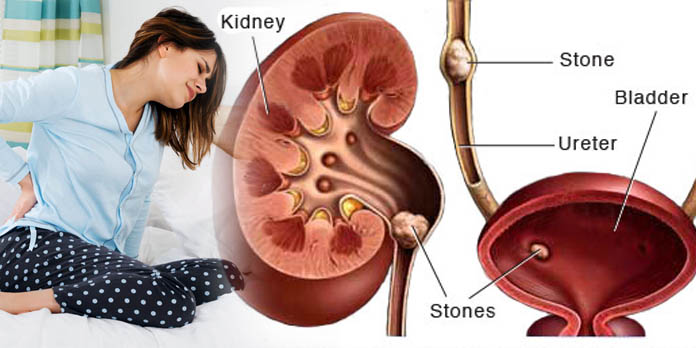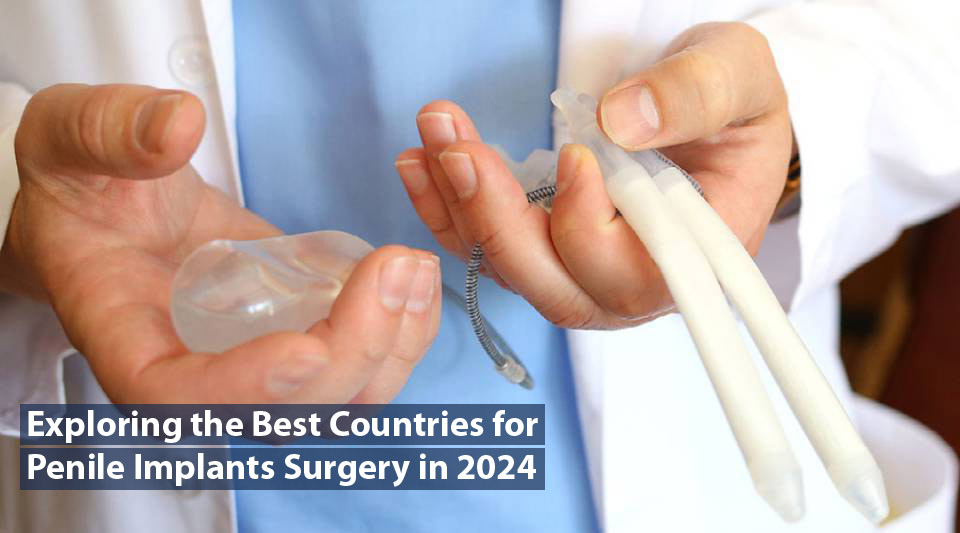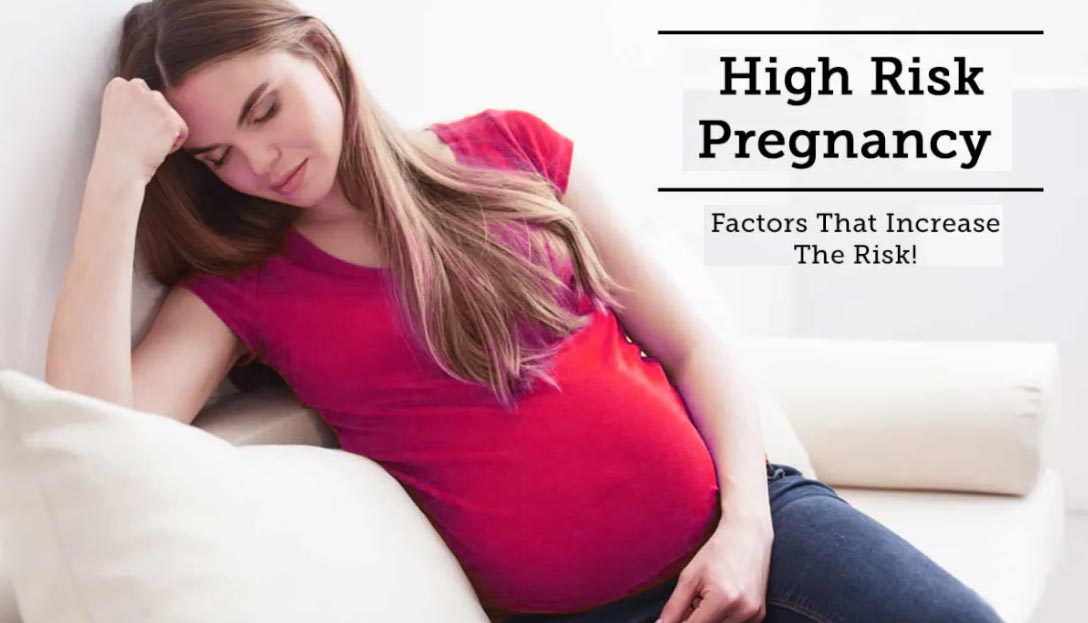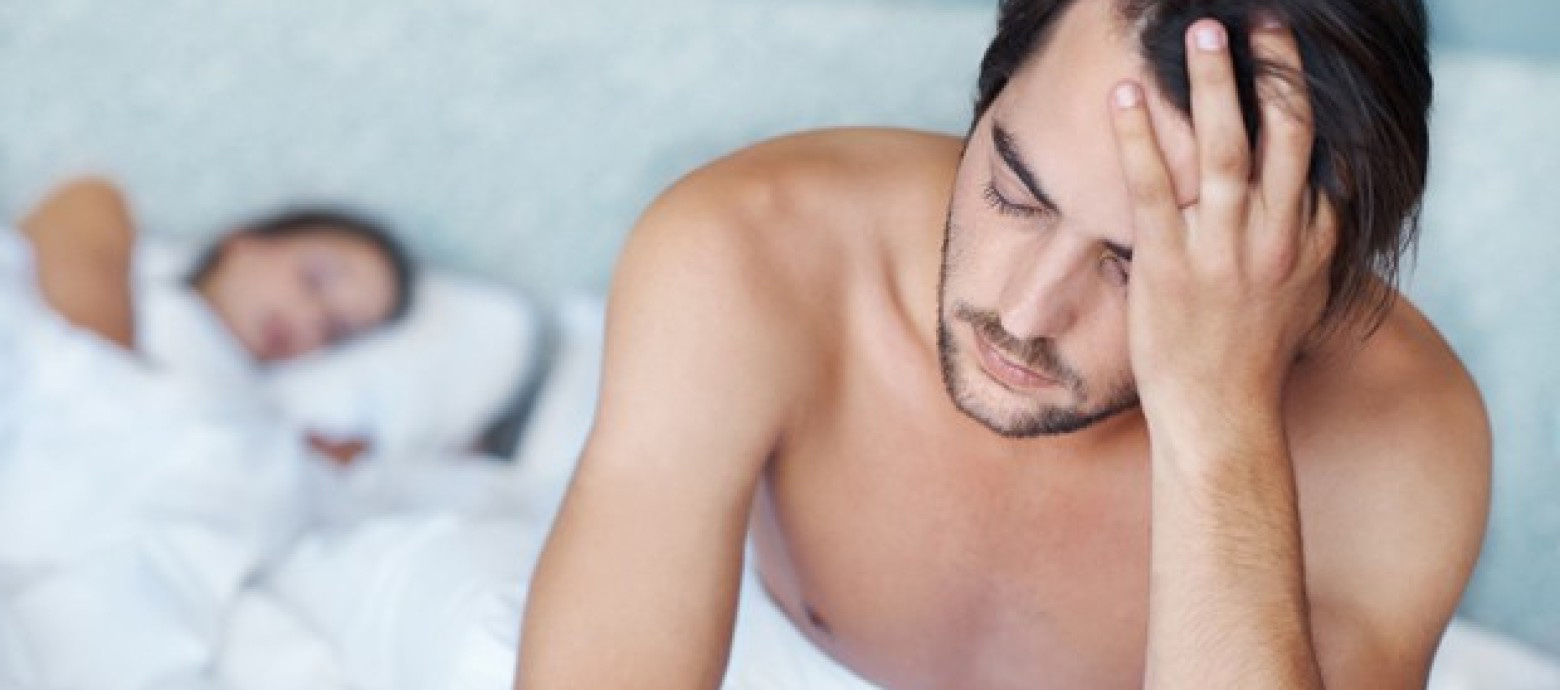KIDNEY stones (calculi) are hardened mineral deposits that form in the kidney. They may be small or large, single or multiple. The medical term for this condition is nephrolithiasis, or renal stone disease.
Incidence and prevalence: According to the US National Institutes of Health statistics, one in 10 people develop kidney stones, and it accounts for seven to 10 of every 1000 hospital admissions. Renal stones are more prevalent between 30 to 45 years of age, with the incidence rate declining after the age of 50.
Renal stones are more common in people living near large bodies of water, those living in “soft” water areas and those who have a sibling or parent with the condition. In India, a higher incidence of renal stones is found in people residing in Rajasthan, Saurashtra and Punjab, also called the “stone belt” areas. This may be related to the poor quality diet, excessive heat or water scarcity prevailing in the region.
Predisposing factors
The kidneys filter waste products from the blood and add them to urine.When the urinary load of the waste materials are in excess or do not dissolve completely, crystals and kidney stones are likely to form.
- Inherited metabolic disorders, inherited or congenital renal conditions predispose to renal stone formation.
Certain medications like vitamin A or D cause a calcium overload. - High doses of vitamin C and oxalate rich foods like berries, vegetables (e.g., green beans, spinach, beets), nuts, chocolate, and tea increase oxalic acid load.
- A diet rich in sodium, fats, meat, and sugar, and low in fibre, vegetable protein, and unrefined carbohydrates increases the risk for renal stone disease. Purine-rich food like meat, fish and poultry increase the uric acid load.
- Low levels of inhibitors, normally present in the urine, like citrate, magnesium and pyrophosphate contribute to the formation of kidney stones.
Dehydration results in high levels of substances like calcium, oxalate and uric acid in urine, which do not dissolve. - Pre-existing bacterial urinary tract infections predispose to renal stone formation.
- Excessive parathyroid hormone (hyperparathyroidism) causes a calcium overload.
- Inflammation of the colon and intestinal disorders cause chronic diarrhoea, dehydration and chemical imbalances, which increase the risk for renal stones.
Types of stones
The chemical composition of stones depends on the chemical imbalance in the urine.
The four most common types of stones are:
Calcium stones account for 85 per cent of all stones. Sixty percent of people, who develop them, develop a second stone within ten years.
Uric acid stones: Approximately one to two per cent of patients develop pure uric acid stones.These are more common among the Saurashtrian, Parsi and Sindhi population. It is more common among men. Struvite stones or an infection-caused stone results from an interaction between proteinbreakdown products and infectioncausing bacteria in the urine.These are more common in women, who
are more prone to Urinary Tract Infections (UTI).The stones can grow to be quite large and usually develop as jagged structures called “stag horns”.
Cystine stones: A rare, genetic disease called cystinuria, results in large amounts of cystine, an amino acid, in the urine. A rare type of kidney stone, it is almost always diagnosed during childhood.
Signs and symptoms
- Stones measuring up to six mm in size pass out of the kidney, down the ureter into the bladder and out in 95 per cent of the cases. Stones measuring six to seven mm may occasionally pass down, but during passage out of the body can cause severe pain. Classically the pain begins in the lower back and radiates to the side or groin.The pain may move from the upper to the lower abdomen over a few hours. As the stone moves lower, the pain may be felt in the genitals, especially the testicles in men and the labia in women.This may be accompanied by nausea and vomiting.
- Blood present in voided urine helps in early diagnosis of renal stones. Usually the blood in the urine is seen only with a microscope.
- With an associated Urinary Tract Infection (UTI), the symptoms may include fever, chills, sweats, and pain with urination.
- Some people may have no kidney stone symptoms until they pass gravel-like stones in their urine.
- Others never have any symptoms, and their stones are incidental findings during testing for other problems.
Diagnosis
Confirmation of diagnosis is generally possible by either a plain x-ray of the abdomen or a special x-ray called an IVP (Intravenous Pyelogram), which uses a contrast injected into a vein, which becomes concentrated by the kidneys. Other diagnostic imaging techniques are: Ultrasound, Retrograde Pyelogram Cystoscopy and Spiral CT (Computerised Tomography) Scan which is useful in diagnosing ureteric calculi.
Laboratory tests include urinalysis to detect the presence of blood (hematuria) and bacteria (bacteriuria) in the urine. Other tests include blood tests for creatinine (to evaluate kidney function), BUN and electrolytes (to detect dehydration), calcium (to detect hyperparathyroidism), and a complete blood count (CBC; to detect infection).
Management
Kidney stone treatment depends on the size and location of the stone(s), number of stones blocking the flow of urine out of the kidney, and whether there is evidence of infection.
- The phase of acute, intermittent pain usually lasts hours to a day or two. A stone may take days or even weeks to pass. Weekly x-rays may be necessary to track the progress of the stone. If the stone has not passed after a month or so, it may need to be surgically removed.
- Fluids in abundance: Kidney stones usually pass on their own. Drink enough water, take pain medication, and watch for any signs of kidney infection, such as fever, chills, sweats and worsening back or abdominal pain. Inform the doctor, if any difficulties or questions arise. Strain all the voided urine until the stone is passed, to allow identification of its type by lab tests.
- Hospitalisation may be necessary if there are signs of urinary infection, a kidney abnormality or a large stone requiring surgery.
- ESWL: Extra-corporeal Shockwave Lithotripsy, a minimally interventional procedure. It is an out-patient procedure using a special machine that produces high intensity pressure waves. Stones up to 2.5cm can be treated by ESWL.The stones, once broken, pass out of urine as fine sand particles.
- Some stones lodged in the urether or bladder can be successfully removed by use of an ureterorenoscope or a cystoscope.
- Percutaneous surgery or open surgery: In the past stones measuring more than 2.5cm were being successfully removed by open surgery. It entailed hospitalisation, a big body wound with an accompanying big scar.The advent of PCNL (Percutaneous Nephrolithotomy) enables treatment of these stones through small holes made over the kidney region.Through these telescopes are passed into the kidney. Once inside, the stones are visualised and removed after fragmentation using laser, ultrasound or pneumatic lithotripsy.This type of surgery is reserved for only large sized stones.
- Other treatment modalities that can help to ease the pain and spasm accompanying stone passage are naturopathic treatment, herbal medicine, homeopathy and hydrotherapy.
Prevention
- Drink plenty of water daily, if there are no underlying health problems. Avoid dehydration.The goal should be to urinate more than three litres per day.
- Eat a balanced diet. Include foods with a high ratio of magnesium to calcium such as brown rice, bananas, oats, etc. Avoid alcohol, antacids, excessive protein, dairy products (especially milk), salt, carbonated beverages, caffeine, and refined white flour products.
- Magnesium supplementation may decrease the size of an existing stone and prevent further formations. Citrate and Vitamin B-6 supplementation further prevent stone formation.
- Proper physician care is important to identify and treat any underlying metabolic cause.
Kidney Stone Causes, Symptoms, Diagnosis, Complications, Treatment in India




